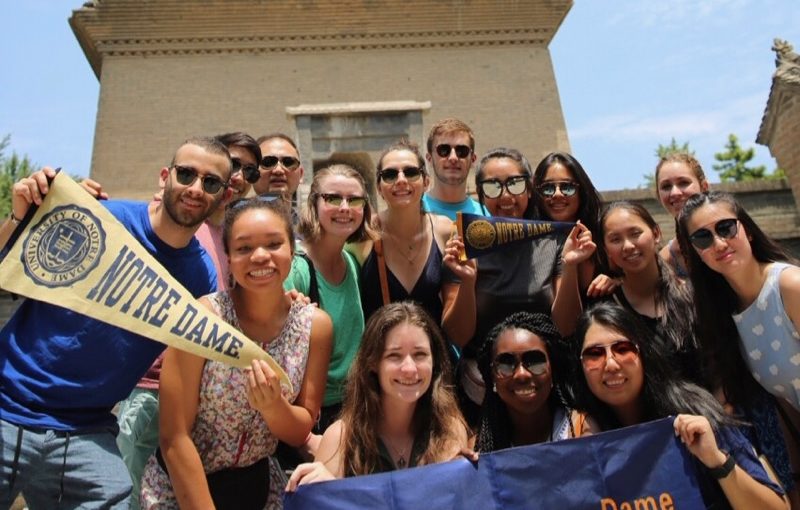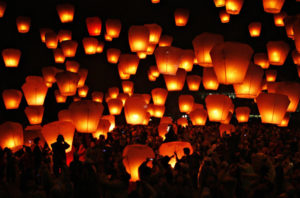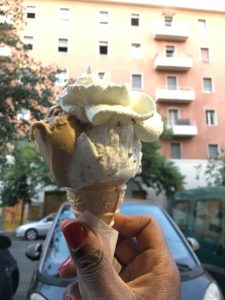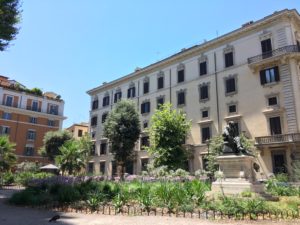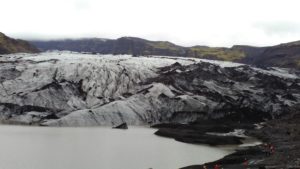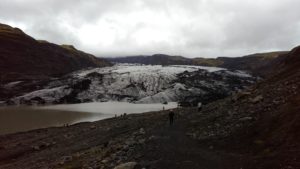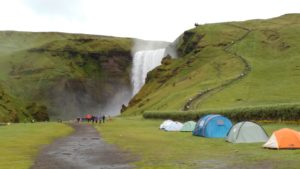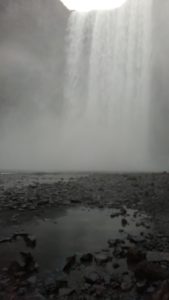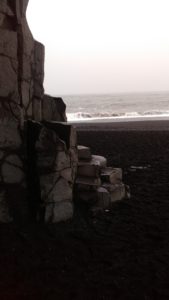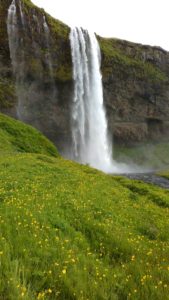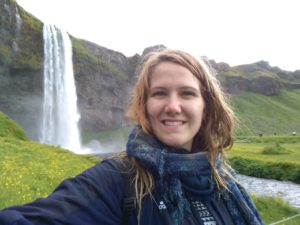As my time in Tours came closer to its end, I took greater advantage of my time this week by visiting several important cultural sites. While the beginning of last week was difficult for me because most of my friends returned to their respective homes, I have realized the gift of being able to start over and meet students from other universities and, during this session more than last, other countries including, but not limited to, Italy, Sweden, and Switzerland. To begin, I visited the Musée de Compagnonnage on Wednesday. This museum showcases the work of craftsmen from disciplines ranging from carpentry to copper workers to masons. While I believe that I prefer traditional art museums to the Musée de Compagnonnage, the extremely intricate craftsmanship on display is truly incredible. For example, the wood spiral towers of which I attached pictures were truly unique in not only their detail but their scale and size.

Additionally, I visited the Museum of Contemporary Art which opened only a few years ago. Officially known as the “Centre de Création Contemporaine Olivier Debré,” the museum itself is relatively small but rich in its offerings. The primary exhibit is an exposition of paintings from the museum’s namesake artist Olivier Debré, a French painter who fell in love with Norway and spent extended time there painting everything from glaciers to the setting of the sun. Moreover, one of his most impressive works is a massive canvas which depicts his interpretation of the Loire River which runs right through Tours. As one of the docents explained to me, in order to understand Debré’s works, one must appreciate that Debré preferred to paint not necessarily what he saw but what he felt.

In addition to visiting the mentioned museums in Tours, I visited three separate towns around Tours which each offer unique and valuable cultural landmarks. On Wednesday I visited Saumur which is only 45 minutes away in the direction of Angers. While I did not visit what one would exactly consider works of art, I took a tour at both the Distillerie de Combier and a “cave” of the winery Louis de Grenelle. Combier was founded in 1834 as a candy manufacturer. The owner and founder only became interested in the production of liquors and syrups because they could be added to chocolates. In fact, the orange-flavored liquor triple-sec, most commonly associated with brands such as Cointreau and Grand Marnier originated at the Distillerie de Combier as additions to candy. Today, despite the fact that the business has grown expansively, all of Combier’s products are produced on site and sold locally. On the wine front, the producer Louis de Grenelle also makes a product unique to Saumur and the surrounding region. The wine which is called Saumur is a sparkling red which is really unlike any other wine produced in France. While I have frequently had opportunities to test products ranging from cheese to which which encapsulate the French way of life and more accurately the customs of a particular region, the opportunity to actually visit the production sites of such products gave me a newfound appreciate for the labor dedicated to products which often seem so commonplace in the modern world.
Château de Saumur

Distillerie de Combier

Members of Cameroon’s Military Marching Band in Saumur for an international festival of military bands

On Saturday, I used my afternoon to travel to Blois, a town which is also 45 minutes away, but in the opposite direction. I originally intended to use Blois as a base to visit Château de Chambord (located about 25 minutes from the center of town) but discovered upon arriving that there were no buses running between the two. Nonetheless, Blois provided me with enough sites to capture my interest. For me Blois’ best offerings were it churches. The Basilica of Our Lady of the Trinity (Notre Dame de la Trinité) was especially interesting to me because, unlike most churches which one finds in France and Europe in general, the building was relatively new. And while the new style of construction did not exactly carry the same gravity as the older churches in Blois with their massive stone edifices and foundations, the carvings within the church were truly remarkable. The garden located adjacent to the Château de Blois was also incredibly beautiful. In particular one of the fountains was a small cave which was covered in gems such as amethyst which reflected the light of the sun onto the water to the small pool situated below.
Blois from across the Loire

Interior of Notre Dame de la Trinité

Steps leading to Cathedral Saint-Louis

The following Monday I visited what was probably my favorite of all of the smaller towns which I visited during my time in France, Amboise. It is hard for me to really describe which I preferred Amboise to Saumur or Blois, but I believe that the reason was simply the feel of the town and the way it was designed. Like the others, Amboise is situated on the Loire River which contributes to the beauty of the town. Unlike the others, however, the château of Amboise is located prominently next to the Loire on top of a hill more or less directly in the center of town. The narrow streets lined with shops, local grocery stores, and restaurants lend themselves to a very lively and welcoming environment. Removed from the central business district is Clos Lucé, the home of Leonardo da Vinci. Beautifully restored and complemented by extensive gardens with life-sized and model recreations of da Vinci’s inventions, Clos Lucé provides an invaluable look into one of the greatest minds in human history. Everything from da Vinci’s bed to his workshops are meticulously restored in order to emit in visitors the feeling of being at the house during da Vinci’s own era.
da Vinci’s Workshop

da Vinci’s Bed

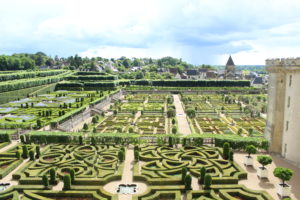
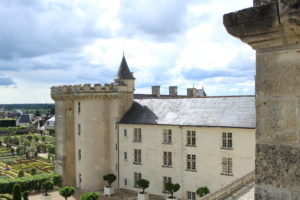
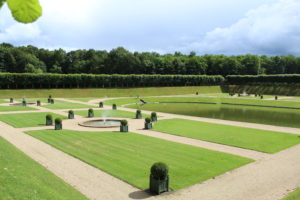
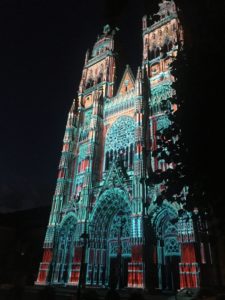
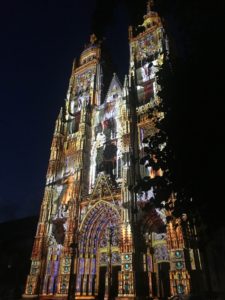
 the famous Schokolade Museum, or Chocolate Museum, right in the middle of Cologne! Not only did we learn about the history of chocolate cultivation and consumption, but they also displayed a chocolate packaging machine in which the chocolate is poured, hardened, separated, and bundled up for delivery! Pope Francis even made an appearance as a chocolate mold on display!
the famous Schokolade Museum, or Chocolate Museum, right in the middle of Cologne! Not only did we learn about the history of chocolate cultivation and consumption, but they also displayed a chocolate packaging machine in which the chocolate is poured, hardened, separated, and bundled up for delivery! Pope Francis even made an appearance as a chocolate mold on display! rse, there was also a giant chocolate fountain, and I did get to sample some as well!
rse, there was also a giant chocolate fountain, and I did get to sample some as well!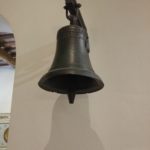
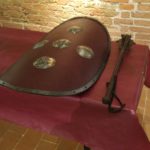
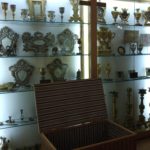
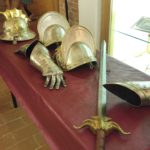
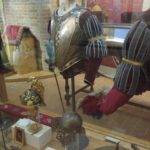

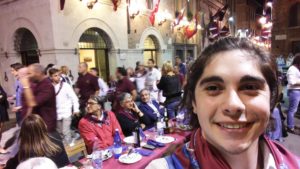
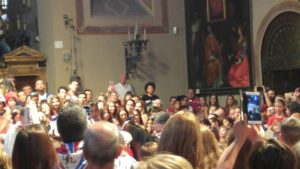


 Borgarnes can boast of the outstanding Settlement Center Museum, which houses wood sculptures of the great Icelandic saga Egils saga Skallagrímssonar. As a medievalist, it was so exciting to see the medieval stories brought alive through art!
Borgarnes can boast of the outstanding Settlement Center Museum, which houses wood sculptures of the great Icelandic saga Egils saga Skallagrímssonar. As a medievalist, it was so exciting to see the medieval stories brought alive through art!






 Restaurants in Arnarstapi are known for their incredible fish & chips, and their reputation is not understated! This was probably the best fish & chips I’ve ever had.
Restaurants in Arnarstapi are known for their incredible fish & chips, and their reputation is not understated! This was probably the best fish & chips I’ve ever had.
